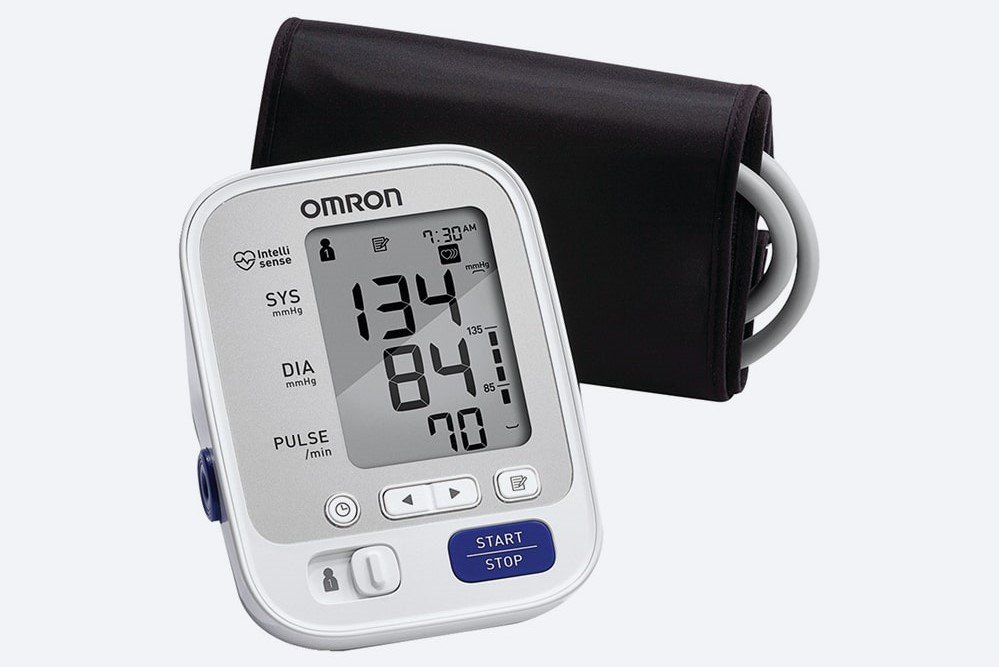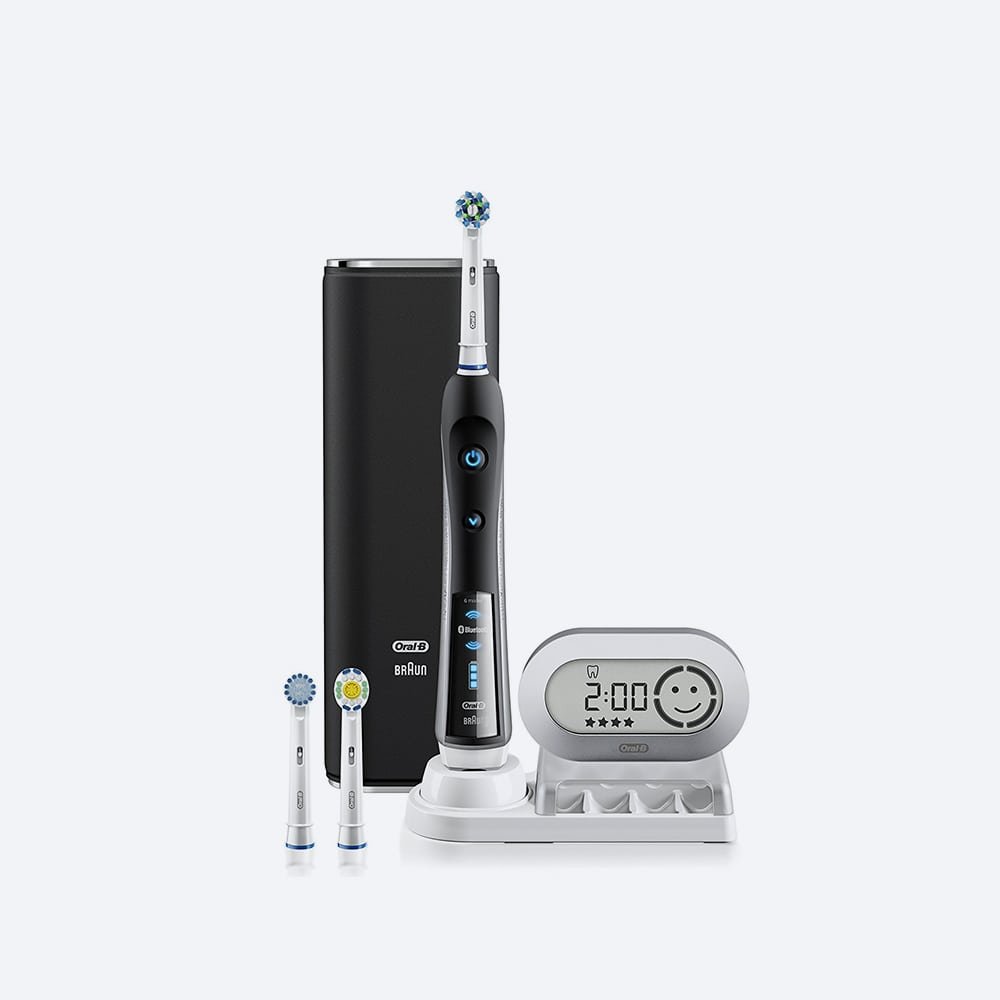Types of Blood Pressure Machines
Blood pressure machines play a crucial role in monitoring cardiovascular health, allowing individuals to track their blood pressure levels effectively. Understanding the types of these devices can significantly aid in making informed choices. Broadly, blood pressure machines can be categorized into two main types: manual and automatic devices.
Manual blood pressure monitors, often known as sphygmomanometers, require a stethoscope for accurate reading. These machines generally consist of an inflatable cuff and a gauge for measuring pressure. While they are typically favored for their precision, they demand a certain level of skill and training for proper usage. This type is often preferred in clinical settings, providing reliable results in experienced hands. However, they may not be ideal for personal use, especially for individuals lacking familiarity with the technique.
On the other hand, automatic blood pressure monitors have gained immense popularity for their user-friendly design. These devices come equipped with features that automatically inflate the cuff and produce a digital readout of blood pressure levels. Among automatic monitors, two categories prevail: arm monitors and wrist monitors. Arm monitors, which wrap around the upper arm, are considered more accurate and commonly recommended by healthcare professionals. They are suitable for a wide range of users, including those with varying arm sizes.
In contrast, wrist monitors offer enhanced portability, making them ideal for travel or for individuals with limited space. These devices are compact and easy to use, although they can sometimes yield less accurate results due to the position of the wrist compared to the heart. It is essential to follow manufacturer guidelines for accurate readings regardless of the type chosen.
Ultimately, factors such as portability, ease of use, and price range should guide your selection process. By considering these elements thoughtfully, one can ensure that their choice in a blood pressure machine aligns with their unique needs and lifestyle.
How to Use a Blood Pressure Machine Correctly
Using a blood pressure machine properly is crucial for obtaining accurate readings. First, it is essential to prepare for the measurement. Make sure to rest for at least five minutes prior to taking your blood pressure; this helps in achieving a stable condition. Additionally, avoid caffeine, alcohol, and tobacco before the test, as these substances can influence your readings.
Next, positioning the cuff is vital for accurate measurements. If you are using an upper arm monitor, roll up your sleeve, and place the cuff approximately one inch above the elbow. For wrist monitors, position the cuff on your wrist, aligning the artery indicator with the artery. The cuff should be snug but not too tight; you should be able to fit one fingertip underneath it comfortably. Always ensure you are sitting in a comfortable chair with your back supported, feet flat on the ground, and your arm resting on a table at heart level.
Once you are prepared, follow the manufacturer’s instructions on how to operate the device. Press the start button and remain still during the measurement process. Common mistakes to avoid include talking, moving, or holding your breath while the machine is taking the reading, as this can lead to inaccurate results. After recording the reading, it is advisable to wait for a few minutes before taking another measurement to allow your blood flow to return to normal.
When interpreting the results, take note of both the systolic and diastolic readings and understand their significance. Document your results faithfully in a log for future reference, as this will help you and your healthcare provider track changes over time. Developing a routine for blood pressure monitoring will empower you to manage your health proactively and effectively.



Reviews
There are no reviews yet.